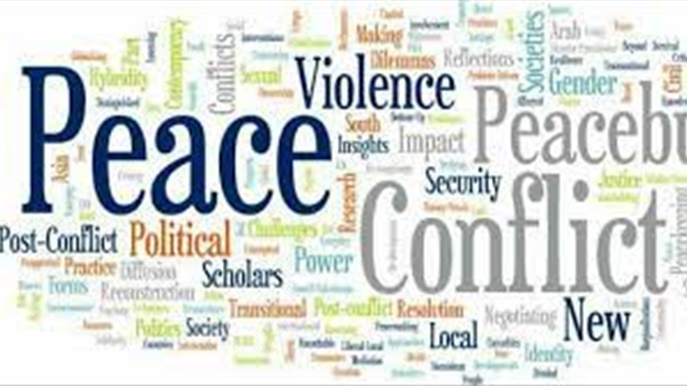Paragraph: Peace and Conflict
Every man wants peace. Peace is a situation or a period of time when there is no war, violence, anxiety in a country or area. The term ‘conflict’ refers to a clash or disagreement, often violent, between two rival groups or individuals or between the two-selves of the same individual. All of us have our own way of looking at things. We act according to our own will and think that whatever we do is right. However, we find ourselves in conflict in various scenarios. That is why conflict influences our actions and decisions in one way or another. A conflict may have various reasons involving individual, partisan, ideological, communal, religious, moral, racial, social, political, national and international issues. An American psychologist divides conflicts into three major types arising out of three different causes, such as (a) Economic conflict (b) Value conflict and (c) Power conflict. They are further classified into four types, such as (a) Interpersonal conflict. (b) Intrapersonal conflict, (c) Intergroup conflict and (d) intergroup conflict. Whatever causes or types may conflicts have, they have mainly destructive impacts on human life and society. Uncontrolled and deliberate conflicts beget enmity, hostility, violence, war and destruction. But inner conflict is sometimes more tragic and heart – rending than outer conflict. Hamlet’s problem ‘to be or not to be’ represents every man’s struggle within his inner selves. Peace is needed for a happy and comfortable life. Without peace human civilization cannot advance. Violence and war are destructive and so harmful to human civilization. In order to establish peace mitigating conflict we should develop in us a sense of tolerance, realization, understanding, compromise and capacity for reconciliation. Though conflicts come naturally, they can be resolved without anyone being harmed through proper discussion and understanding.

